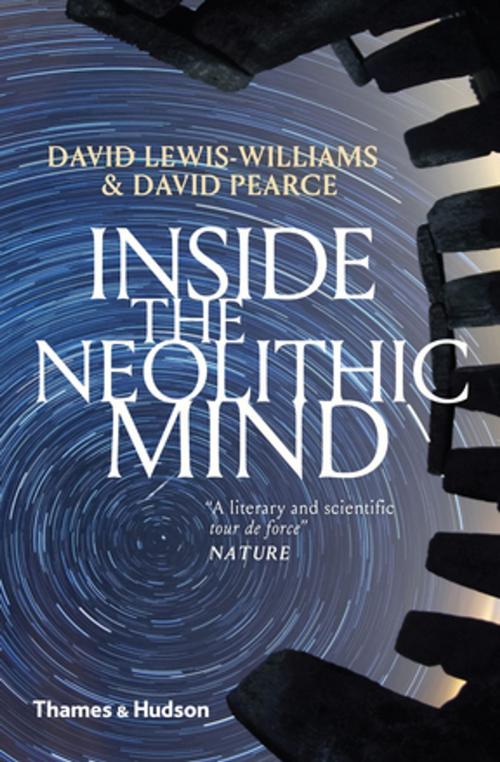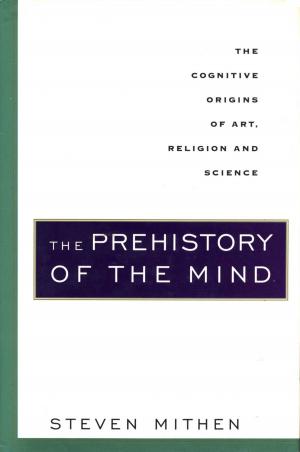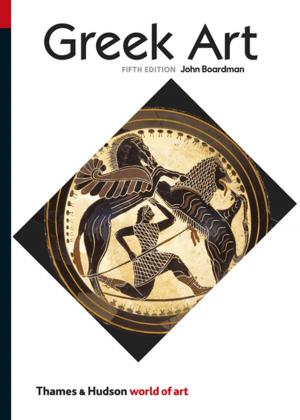Inside the Neolithic Mind: Consciousness, Cosmos, and the Realm of the Gods
Nonfiction, Social & Cultural Studies, Social Science, Archaeology| Author: | David Lewis-Williams, David Pearce | ISBN: | 9780500770450 |
| Publisher: | Thames & Hudson | Publication: | October 1, 2005 |
| Imprint: | Thames & Hudson | Language: | English |
| Author: | David Lewis-Williams, David Pearce |
| ISBN: | 9780500770450 |
| Publisher: | Thames & Hudson |
| Publication: | October 1, 2005 |
| Imprint: | Thames & Hudson |
| Language: | English |
An exploration of how brain structure and cultural content interacted in the Neolithic period 10,000 years ago to produce unique life patterns and belief systems.
What do the headless figures found in the famous paintings at Catalhoyuk in Turkey have in common with the monumental tombs at Newgrange and Knowth in Ireland? How can the concepts of "birth," "death," and "wild" cast light on the archaeological enigma of the domestication of cattle? What generated the revolutionary social change that ended the Upper Palaeolithic?
David Lewis-Williams's previous book, The Mind in the Cave, dealt with the remarkable Upper Palaeolithic paintings, carvings, and engravings of western Europe. Here Dr. Lewis-Williams and David Pearce examine the intricate web of belief, myth, and society in the succeeding Neolithic period, arguably the most significant turning point in all human history, when agriculture became a way of life and the fractious society that we know today was born.
The authors focus on two contrasting times and places: the beginnings in the Near East, with its mud-brick and stone houses each piled on top of the ruins of another, and western Europe, with its massive stone monuments more ancient than the Egyptian pyramids.
They argue that neurological patterns hardwired into the brain help explain the art and society that Neolithic people produced. Drawing on the latest research, the authors skillfully link material on human consciousness, imagery, and religious concepts to propose provocative new theories about the causes of an ancient revolution in cosmology and the origins of social complexity. In doing so they create a fascinating neurological bridge to the mysterious thought-lives of the past and reveal the essence of a momentous period in human history. 100 illustrations, 20 in color.
An exploration of how brain structure and cultural content interacted in the Neolithic period 10,000 years ago to produce unique life patterns and belief systems.
What do the headless figures found in the famous paintings at Catalhoyuk in Turkey have in common with the monumental tombs at Newgrange and Knowth in Ireland? How can the concepts of "birth," "death," and "wild" cast light on the archaeological enigma of the domestication of cattle? What generated the revolutionary social change that ended the Upper Palaeolithic?
David Lewis-Williams's previous book, The Mind in the Cave, dealt with the remarkable Upper Palaeolithic paintings, carvings, and engravings of western Europe. Here Dr. Lewis-Williams and David Pearce examine the intricate web of belief, myth, and society in the succeeding Neolithic period, arguably the most significant turning point in all human history, when agriculture became a way of life and the fractious society that we know today was born.
The authors focus on two contrasting times and places: the beginnings in the Near East, with its mud-brick and stone houses each piled on top of the ruins of another, and western Europe, with its massive stone monuments more ancient than the Egyptian pyramids.
They argue that neurological patterns hardwired into the brain help explain the art and society that Neolithic people produced. Drawing on the latest research, the authors skillfully link material on human consciousness, imagery, and religious concepts to propose provocative new theories about the causes of an ancient revolution in cosmology and the origins of social complexity. In doing so they create a fascinating neurological bridge to the mysterious thought-lives of the past and reveal the essence of a momentous period in human history. 100 illustrations, 20 in color.















